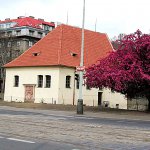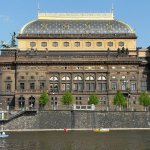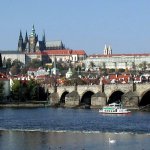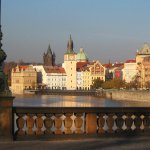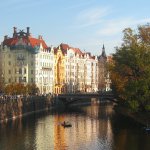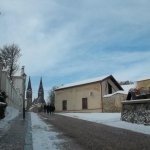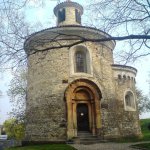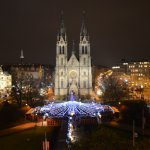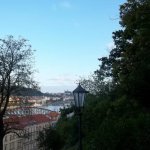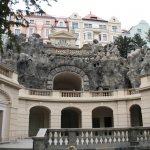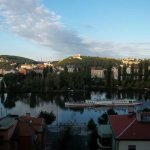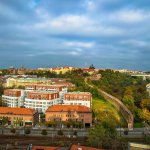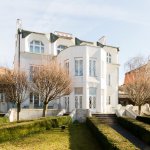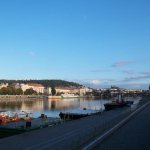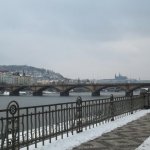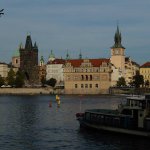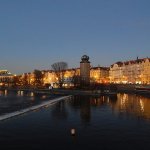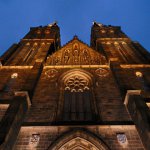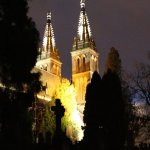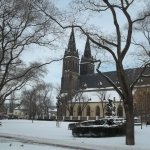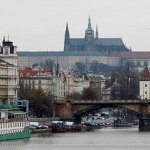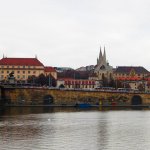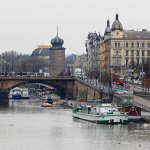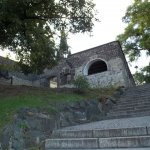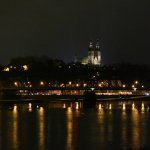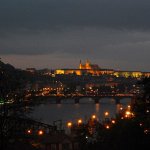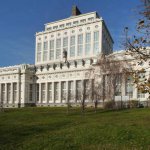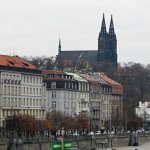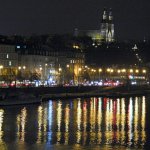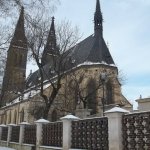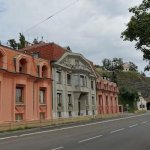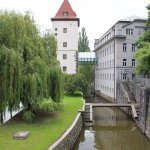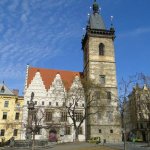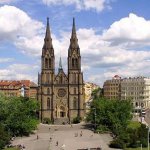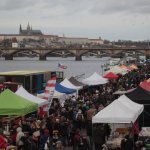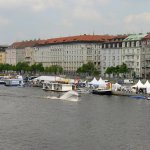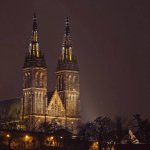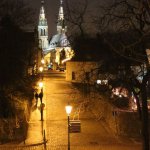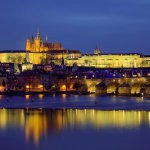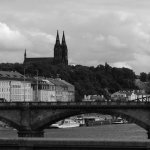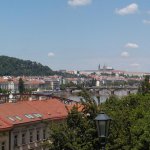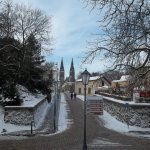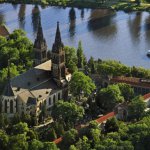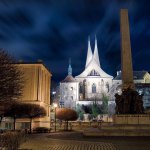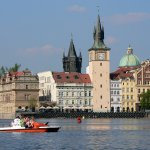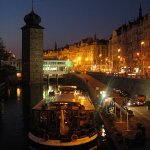Neighbourhood
Castle Vysehrad - Ancient legends situate the original seat of Czech princes - legendary Princess Libuse and the first Przemyslides - on the hill. In fact this fort had not been founded until the Prague Castle was already in existence, since it dates back to the mid-10th century. In the latter half of the 11th and in the 12th century Vysehrad used to be the Przemyslides princes' main residence, which brought about a generous building activity within its walls. Among noteworthy sights there are the precious romanesque rotunda of St. Martin (interior only for groups announced in advance), the gothic church of St. Peter and Paul (in the late 19th century rebuilt in the neogothic style), and lastly the Vysehrad cemetery used as a burial site of the Czech outstanding personalilties since 1869 with a collective tomb called Slavin, the underground casemates housing the originals of several baroque statues from the Charles Bridge. The Vysehrad site is open the whole day.
The Emmaus monastery is an abbey established in 1347 in Prague. The area was destined to become the only Benedictine monastery of the Bohemian kingdom and all Slavic Europe. During WWII the monastery was seized by the Gestapo and the monks were sent to Dachau concentration camp, then in February 1945 it was almost destroyed by American bombing raid on Prague on 14 February 1945. The modern roof with steeples was added in the 1960s. The Gothic cloisters feature original faded frescoes with bits of Pagan symbolism from the 14th century.
National Theatre A Neo-Renaissance building erected in 1868-1881 as a result of a vast national collection (architect J. Zítek). Reopened in 1883 after the fire (architect J. Schultz). The outside and inside decoration was shared by the artists of the National Theatre Generation - M. Aleš, F. Ženíšek, V. Hynais, J. V. Myslbek, etc. The National Theatre is the most outstanding Czech stage and its repertoire consists of drama and opera and ballet performances.
The Dancing House or Fred and Ginger is the nickname given to the Nationale-Nederlanden building in Prague, Czech Republic, at Rašínovo nábřeží (Rašín's riverbank). It was designed by the Croatian-Czech architect Vlado Milunić in co-operation with Canadian-American architect Frank Gehry on a vacant riverfront plot. The building was designed in 1992 and completed in 1996.
The very non-traditional design was controversial at the time because the house stands out among the Baroque, Gothic and Art Nouveau buildings for which Prague is famous, and in the opinion of some it does not accord well with these architectural styles. The then Czech president, Václav Havel, who lived for decades next to the site, had avidly supported this project, hoping that the building would become a center of cultural activity.
Gehry originally named the house Fred and Ginger (after the famous dancers Fred Astaire and Ginger Rogers – the house resembles a pair of dancers) but this nickname is now rarely used; moreover, Gehry himself was later "afraid to import American Hollywood kitsch to Prague", and thus discarded his own idea.







